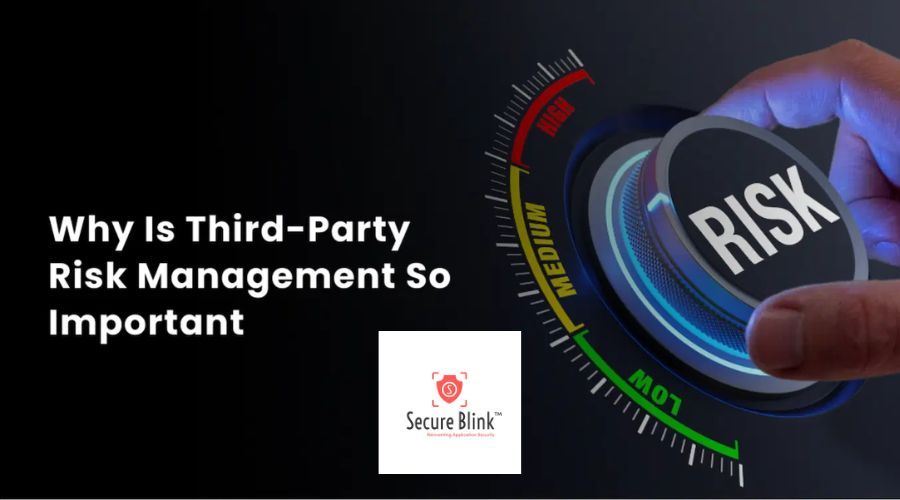The worldwide supply chain is a complex web of interconnected networks, supported by a range of global supply chain services that keep goods flowing across borders. At present, however, its vulnerabilities are more evident than ever before. Events like geopolitical tensions, climate-induced disasters, pandemics, and cyberattacks have shown how fragile these systems can be. Even a single disruption in one region can cascade across the world, halting production, delaying deliveries, and eroding customer trust. Needless to say, stakes couldn’t be higher for businesses that are dependent on this intricate network.
Given these conditions, a proactive approach to managing supply chain risks is a necessity these days. Businesses that anticipate challenges and plan ahead can safeguard their operations and protect their professional reputations. Those that act decisively and intelligently might even gain a competitive edge in volatile markets. Ultimately, adopting a strategic mindset toward supply chain resilience benefits all, from small enterprises to multinational corporations.
This article outlines actionable steps to help businesses mitigate risks in their supply chains. These strategies aim to help firms of all kinds reduce vulnerabilities, enhance flexibility, and maintain continuity in the face of unforeseen challenges.
Diversify the Suppliers You Work With
The consequences of putting all your eggs in one basket become painfully clear during supply chain disruptions. A factory shutdown, a border closure, or a political conflict can leave businesses scrambling for alternatives if they rely solely on a single supplier. Sourcing materials from multiple suppliers across diverse regions is a smart way for businesses to reduce their dependence on any one source and distribute risks more evenly.
It’s also possible to diversify by onboarding backup suppliers. It could also involve nearshoring options, or engaging with suppliers in nearby countries or continents that are closer to your business’s home operations. While this process can introduce higher upfront costs or logistical complexities, the long-term resilience it provides far outweighs these challenges.
Treat Your Suppliers Like Real Business Partners
Strong supply chain relationships are built on trust and collaboration, not transactional exchanges. When businesses and suppliers operate as partners, they are more likely to communicate openly and work together to resolve challenges. This dynamic fosters innovation and strengthens problem-solving capabilities for both organizations. It also ensures both parties’ interests align, which is critical for long-term business partnerships.
Simple actions, like scheduling regular check-ins, sharing risk assessments, or collaborating on contingency planning, can build trust between partner businesses. Organizations that treat suppliers as extensions of the business will benefit from smoother operations and find their partners more willing to support them during crises.
Invest in Supply Chain Visibility
Blind spots in a supply chain can quickly lead to costly surprises. To prevent this, businesses should prioritize real-time visibility over their operations. Today, there are many technologies that can be leveraged for insight into potential bottlenecks or risks. Prominent examples of such cutting-edge solutions include IoT-enabled tracking systems, blockchain for secure data sharing, and AI-powered analytics.
Supply chain visibility enables businesses to monitor the movement of goods, anticipate delays, and identify disruptions before they escalate. Beyond managing risks, it also enhances efficiency and customer satisfaction by providing accurate updates and faster resolutions.
Develop Contingency Plans
When a disruption occurs, businesses without a plan often scramble to react—and lose precious time and resources in the process. A robust contingency plan is a necessary roadmap for navigating the unexpected, no matter the nature of the threat. These plans should outline key response protocols, alternative supply routes, and clear communication channels for stakeholders.
The most effective contingency plans are tailored to specific scenarios and are updated regularly to reflect new risks or changes in the supply chain. It also helps to rehearse these plans through simulations or drills. Doing so will allow response-ready teams to act faster and more decisively during real crises without the problem of decision-making paralysis.
Monitor Geopolitical and Economic Trends
The global landscape is constantly shifting, and political tensions, trade policies, and economic fluctuations all play significant roles in supply chain stability. For example, trade restrictions or sanctions can create sudden barriers, while economic downturns may affect supplier viability.
It’s thus in the best interest of any business to stay informed about such trends and anticipate potential disruptions. Subscribing to industry reports can provide valuable insights, alongside attending trade forums or leveraging AI-driven risk intelligence tools. Proactive monitoring allows businesses to adapt sourcing strategies or logistics plans ahead of emerging challenges.
Emphasize Sustainability and Compliance
Sustainability and regulatory compliance aren’t just ethical imperatives; they are critical for reducing long-term risks. Supply chains that prioritize eco-friendly practices and adhere to regulations are less likely to face reputational damage or penalties. Moreover, sustainable practices such as using renewable resources or optimizing transportation routes often lead to cost savings and increased operational efficiency. An organization that partners with suppliers who share its environmental and compliance commitments will find its chain further strengthened against any potential disruptions.
Conduct Regular Risk Assessments
A resilient supply chain is one that continually evaluates its vulnerabilities. Regular risk assessments help businesses identify weak links, such as financially unstable suppliers or outdated technology. These assessments should involve both internal reviews and collaboration with external partners. Risk assessment tools, including supplier scorecards and predictive analytics, can provide actionable insights. By conducting these evaluations at scheduled intervals, businesses can stay ahead of potential threats and maintain the integrity of their supply chain. A resilient supply chain requires foresight to build, as well as adaptability and a commitment to proactive risk management. Implementing thoughtful strategies today can empower businesses to navigate uncertainty with confidence and turn potential vulnerabilities into opportunities for growth.








